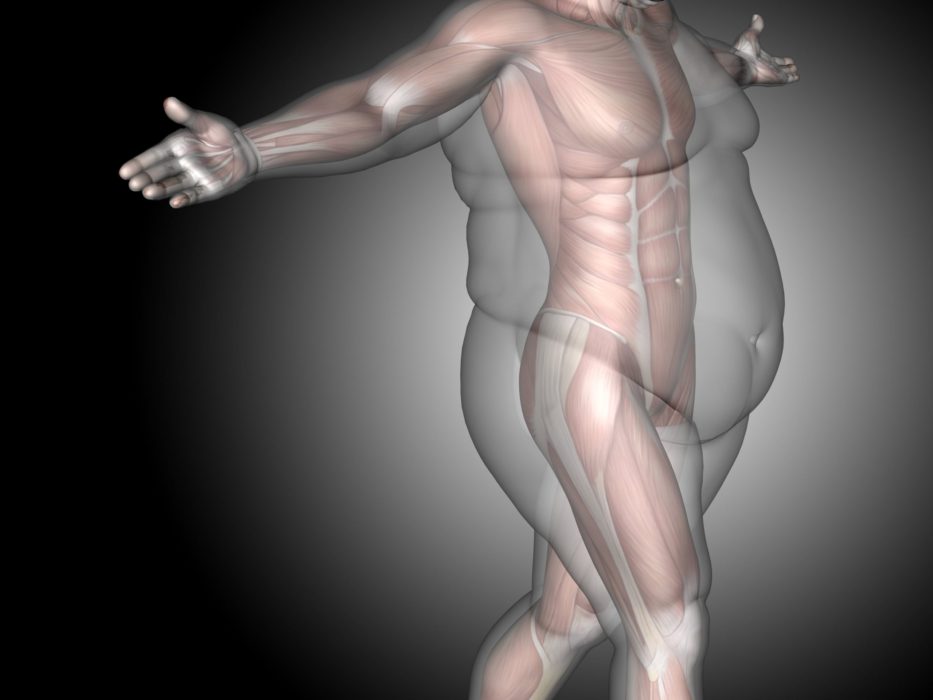



The Objective of Liposuction:
Liposuction is a procedure that removes excess fat from certain areas of the body in order to enhance the body's aesthetic look and reduce the waist circumference as well as the circumferences of other body parts. During the surgery, a special device is used which utilizes a vacuum pump to suction out small portions of the excess and accumulated fat tissues. Although this procedure cannot be performed in all areas of the body with excess fat, it is commonly used to remove excess fat from the abdomen, hips, flanks, buttocks, arms, and under the chin.
Liposuction is typically performed to improve a patient's self-esteem, and this is the primary reason why patients seek surgery even if it is not medically necessary. Furthermore, many people turn to liposuction after failing to lose weight or enhance their external look through conventional methods, by combining it with physical activity and proper diet. Liposuction does not treat cellulite or overweight, despite popular belief.
Preparation for Liposuction Surgery:
Preparation for liposuction involves attending a pre-consultation meeting to determine whether the patient has any other diseases that would prevent liposuction from being performed, as well as investigating the reasons behind their decision to have this surgery.
The doctor tells the patient about the parts of the body that can be liposuctioned as well as any other parts for which liposuction is recommended.
The patient must have certain tests before the surgery; however, aside from a Complete Blood Count (CBC), blood chemistry, and coagulation tests, there are usually not many tests required. If the patient is elderly, chest X-rays and an electrocardiogram (ECG) are required.
Liposuction could be performed under general or local anesthesia, depending on the areas from which the liposuction will be performed. Before the surgery, you should consult the doctor about any medications that you should stop taking. You should not drink alcohol for 48 hours before the operation and must fast for 8 hours before it.
During Liposuction Surgery:
Before beginning the surgery, the surgeon uses a pen to draw lines on the patient's body to designate the areas that will be liposuctioned. If the areas that will be liposuctioned are relatively small, the patient will be given local anesthesia. After a basic sterilization of the skin, a 0.5 cm long incision is made and a suction needle is inserted through it.
The needle is attached to a transparent, hollow tube. With the help of a vacuum pump, the excess fat is suctioned outwards (pressure differential).
Only 2-5 Liters of fat are removed due to the high risks that may affect tissues.
The surgeon monitors the amount of fat that was suctioned during the operation, and when the permitted amount is reached, the liposuction is stopped. Finally, the incision is covered with a small bandage. The patient wears compression pants or a supportive belt immediately after the operation, depending on the area where liposuction was conducted.
Liposuction might take about one to three hours, depending on the amount of fat to be removed.
General risks of the surgery:
Surgical Wound Infection - Usually shallow and treated locally. However, in some rare cases, a more serious infection may develop in the layers beneath the skin, and the doctor may need to reopen the incision to remove any residual bacteria.
Bleeding - Primarily in the surgical area as a result of tissue injury. In rare cases, the surgery may result in general bleeding, which must be stopped and the patient is given medications. Bleeding can occur immadietly after the surgery, during the next 24 hours, and even weeks or months afterwards in rare cases. When a blood vessel ruptures, bleeding occurs. A blood drain should be performed in situations where the bleeding is severe. This can be done after the patient has been put under general or local anesthesia.
Scars - similar to the scar left by a surgical incision, healing depends on the type of the stitch used and genetics. There is no way to predict how scars will heal after the surgery, however they often fade with time.
Anesthesia Risks - These risks are often due to hypersensitivity to anesthetics (allergic response). In very rare cases, a dangerous reaction which causes a decrease in blood pressure may occur (anaphylactic shock).
Post-Operative Treatment:
Only patients who have had a large or medium amount of fat removed, must spend one night in the hospital to have their health monitored.
To reduce swelling, the supportive belt or compression pants should be worn for 3-6 weeks (it can only be removed after 24 hours from liposuction, while taking a shower).
Many bruises may appear and remain for a few weeks before disappearing. Furthermore, skin deformities might occur, which are often temporary but can become permanent.
If the patient feels pain after liposuction, pain relievers can be used. The patient must go to the doctor immediately in the following situations: Feeling of pain that does not go away despite the use of analgesics, nervous system problems such as: loss of feeling or feeling weak and high temperature, Shortness of breath and discharge from the wound or bleeding.
